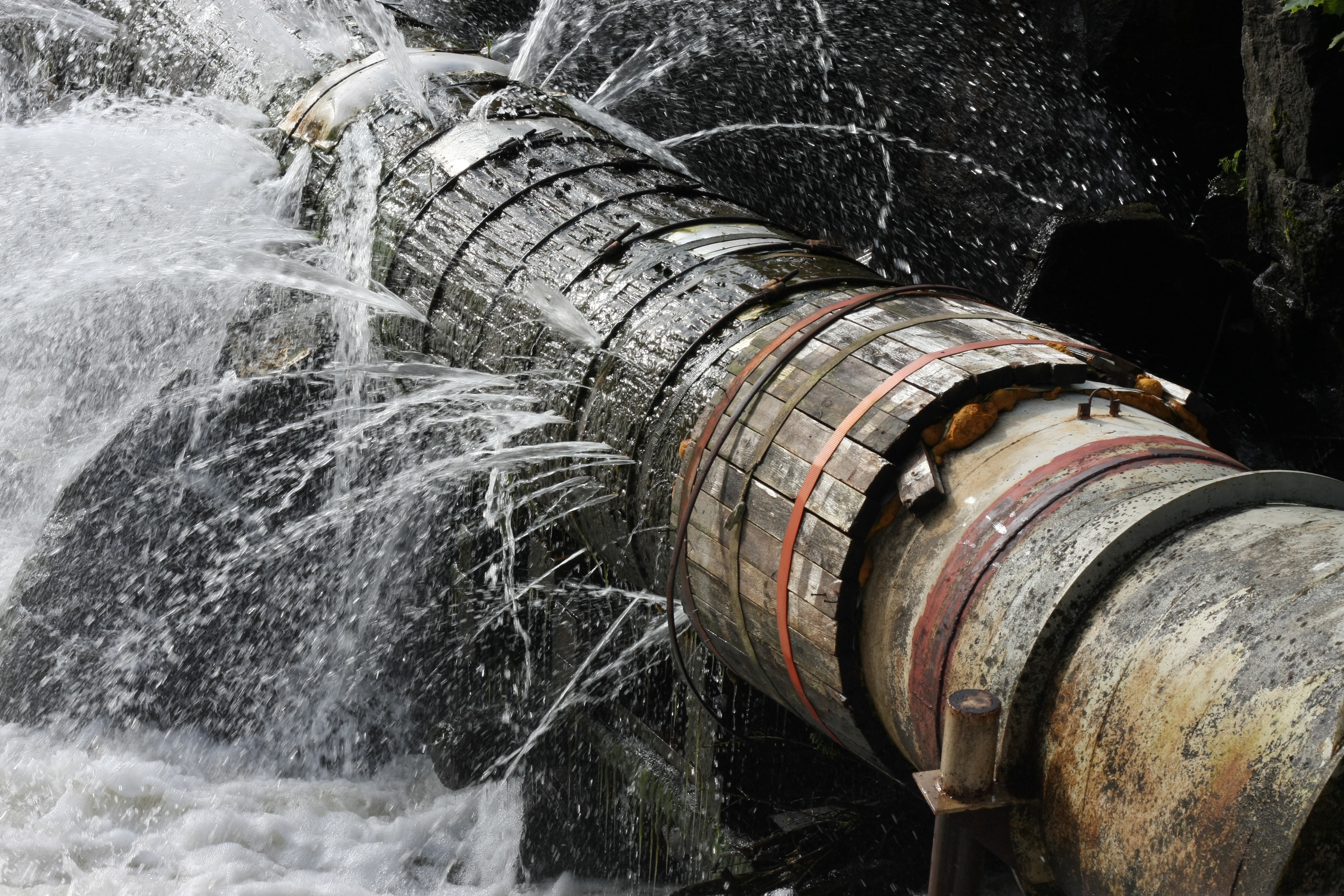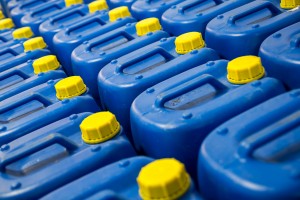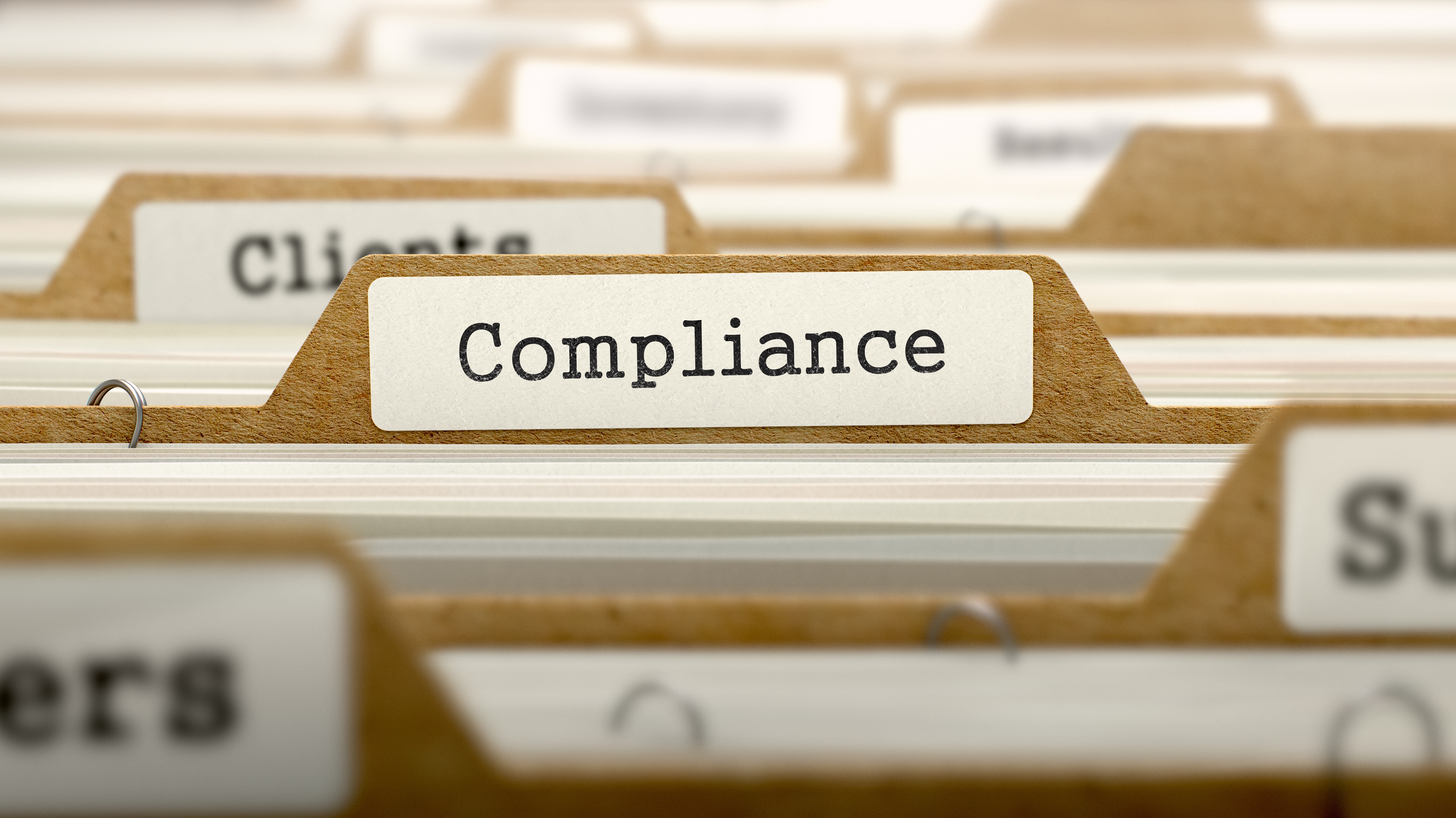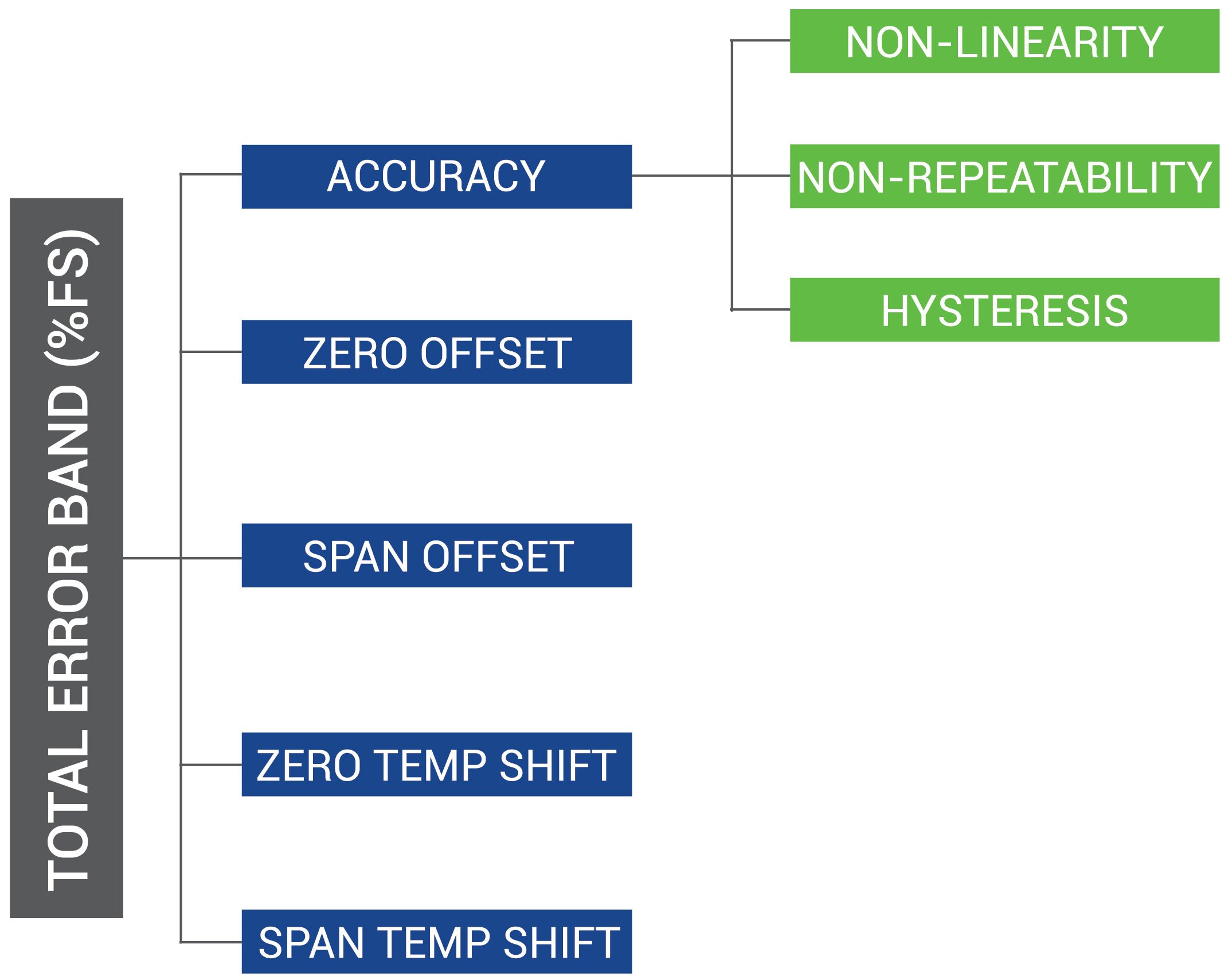Can’t handle the pressure?
Can you believe that pressure transducers are not always able to handle high pressure? Overpressure, or proof pressure, is a major concern for engineers and OEM designers when assembling machinery and selecting a pressure transducer. Overpressure refers to the maximum pressure value a transducer can withstand without affecting performance; it can also refer to a situation where the pressure value exceeds the limits. Although it is not ideal, pressure transducers can withstand occasional pressures up to their overpressure rating, eventually returning to their natural state. However, pressures that reach burst pressure, the maximum pressure that may be applied to the positive pressure port without physically damaging the internal sensing component, can rupture the diaphragm and cause leakage. Pressures above overpressure but below burst pressure can result in permanent diaphragm deformation, causing an output shift affecting operational performance or accuracy readings.














